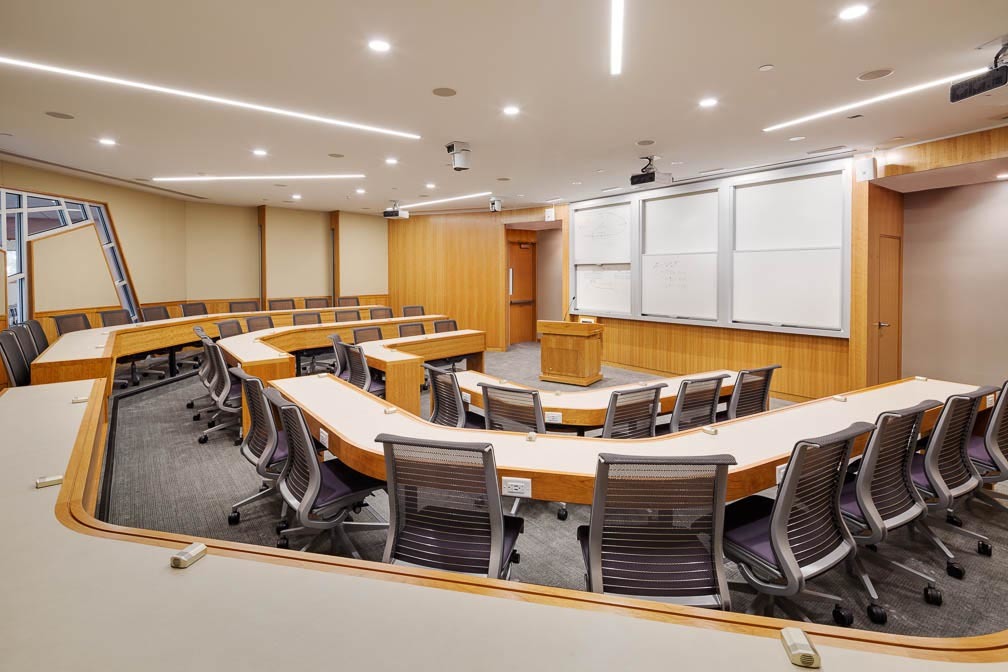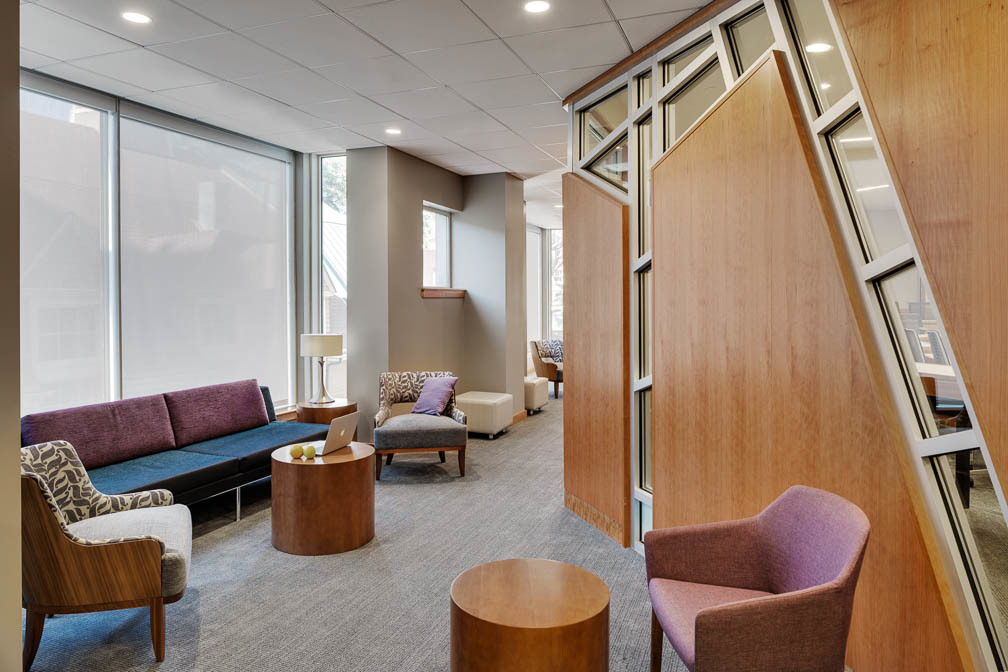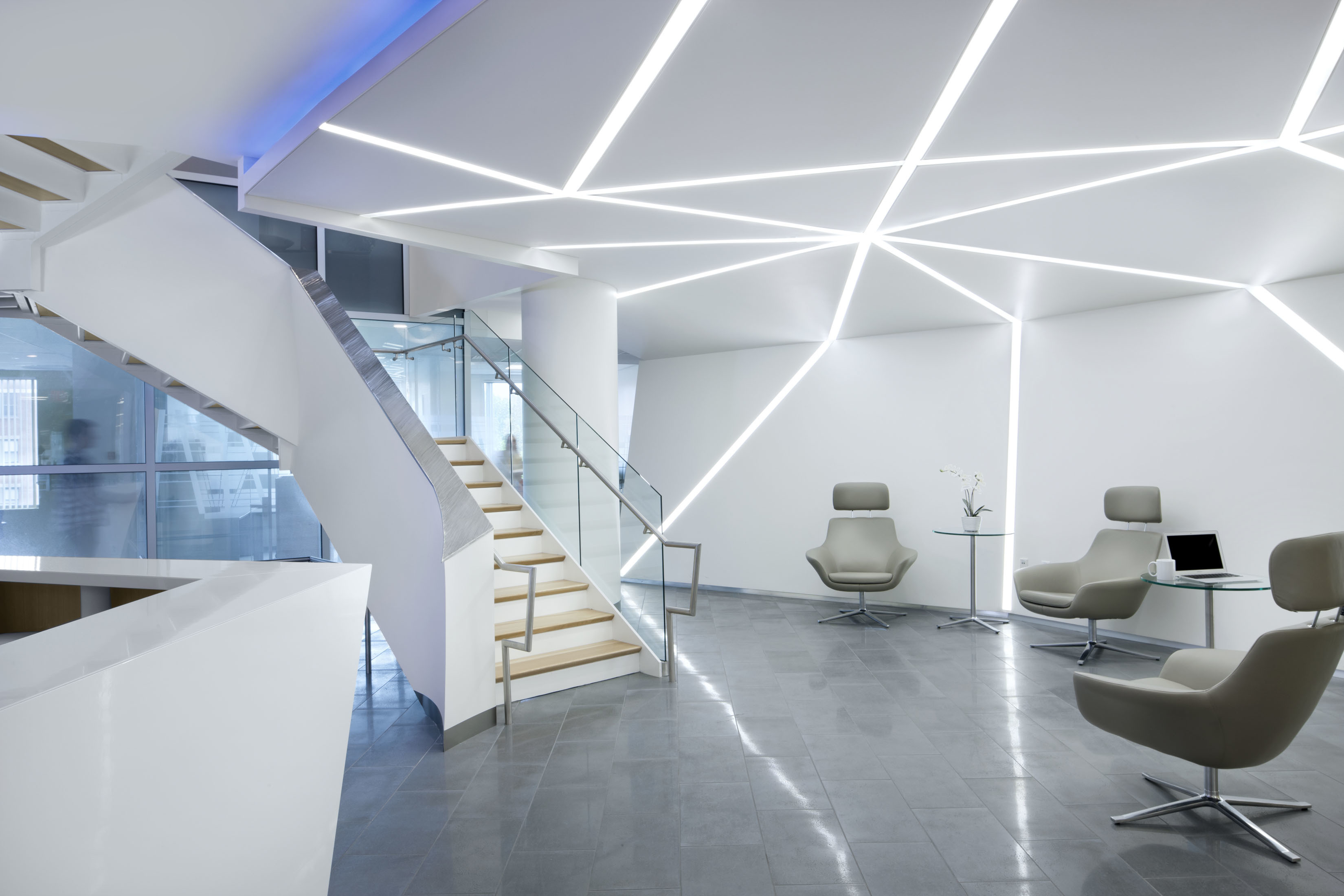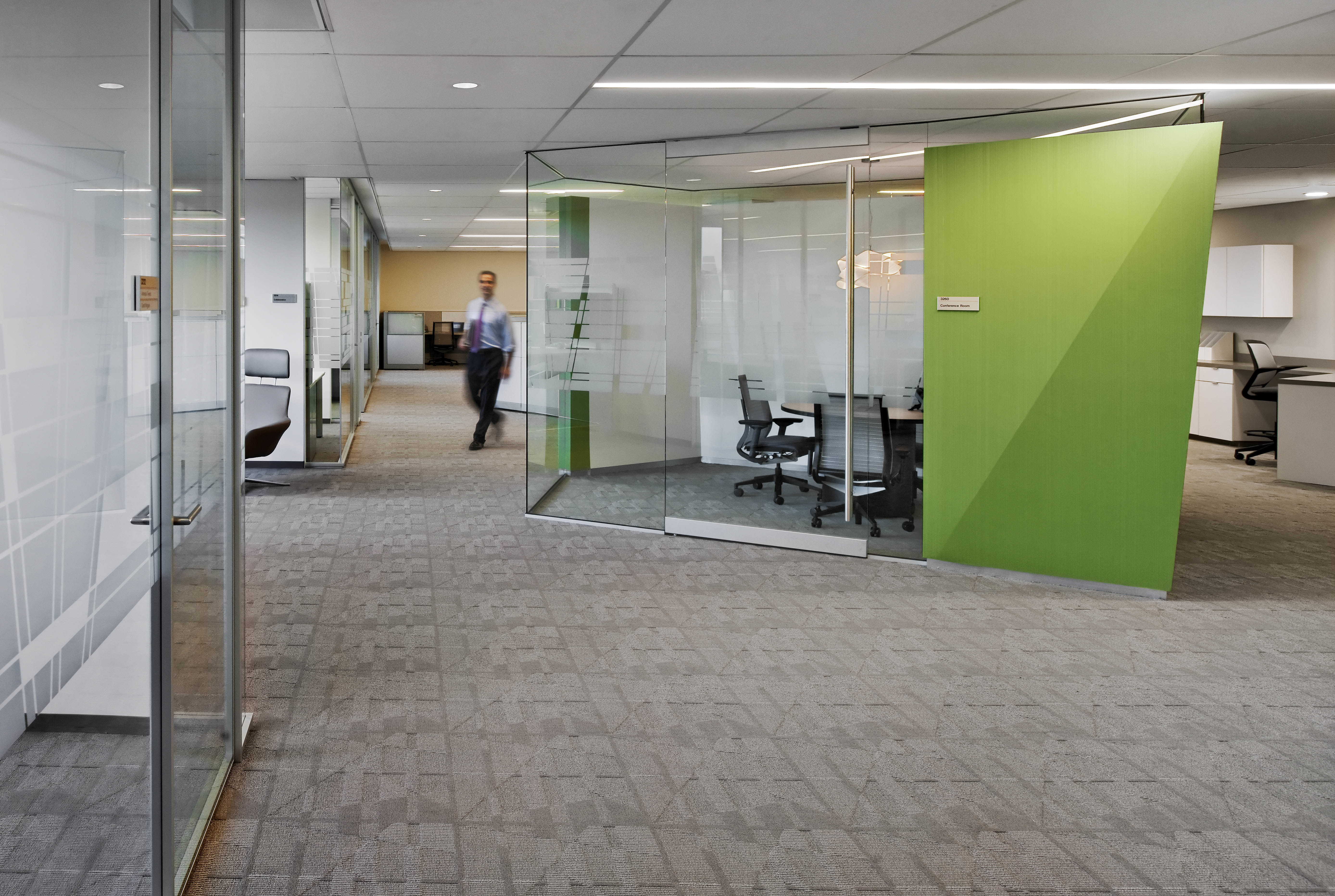Audrey O’Hagan AIA

Name: Audrey O’Hagan AIA
Job title and company: Principal, Audrey O’Hagan Architects
Degree(s): Bachelor of Architecture and Bachelor of Environmental Design from the University of Kansas School of Architecture & Urban Design
Professional interests:
Our firm has been working primarily in the college and university, commercial, retail, and [research and design] sectors. We are open to commissions in other areas as well. Outside the firm, I’m pleased to be able to play a small role in an upcoming multimedia project by the Global Fund for Women called Ignite: Women Fueling Science and Technology. Through powerful and creative multimedia stories, Ignite explores the intersections between women, technology, and human rights.
What are you working on now?
We are working on a luxury jewelry store in Kuala Lumpur [Malaysia] and a small renovation project in the Science Center at Wellesley College.
How do you/did you explain to your mom what you do for a living?
My mom is very creative herself, and so she wasn’t surprised that I decided to become an architect. As a child I drew constantly, even when my siblings and other kids were playing outside (as kids did in those days). When I got to middle school, I began to focus more on buildings as a subject matter.

This case-study room for Harvard University integrates smart technologies and advanced acoustic qualities to facilitate interactive local, online, and distant teaching and learning.
What inspired you today?
Waking up this morning and knowing that I get to do what I love for a living.
What industry buzzword would you kill?
All of them! Perhaps if we got rid of them all, we can then begin to see things differently and employ new thoughts as a conscious evolution in the identity of our profession.
When you’re working, do you discuss or exchange ideas with your colleagues?
Absolutely. As a small practice, we are essentially all working on all the projects and regularly bounce ideas off each other. I work with a creative team of people who are always exploring new avenues and looking at solutions from a different perspective. As architects, we all bring our own creativity, expertise, and experiences to a project, as do our clients and consultants; and it’s interesting to see these intermingle with the client’s mission and aspirations as the project evolves to create a unique solution to [the client’s] particular project needs.

Informal breakout areas outside of Harvard University classrooms provide a place for students to collaborate, relax, or catch up on emails and phone calls between intensive professional classes.
What are you reading?
The New Science of Cities by Michael Batty.
Do you sketch by hand or digitally?
Mostly by hand during initial design explorations, as the thought process for me is more fluid and natural this way—like breathing. I get clarity of thoughts and best ideas and solutions either late at night (around 2:00 to 3:00 am) or whilst driving. In order not to forget them, I keep a notepad next to my bed and basically anything I can find to write on in the car, so that I can quickly sketch them up. (I do pull over when I’m driving though, don’t worry!)
Has your career taken you anywhere you didn’t expect?
Yes. When I started the practice eight years ago, I hadn’t planned on projects in Switzerland, Hong Kong, and Malaysia. We were invited to participate in a design competition a few years ago, which we won, and that began the sequence of international projects.
Where is the field of architecture headed?
As a juror on the SHIFTboston Moon Capital competition a few years ago, a young design team comprising three designers living in different countries approached me afterwards to introduce themselves to me—and to each other. Although they had submitted a design together, they had not met face-to-face until that evening.
At the time, it seemed quite unusual, but during the past three years our firm has unexpectedly been working in a similar way with Swiss and German architects, and it’s happening all the time, in both large and small practices. As for bits and pieces of the architect’s responsibility being taken on by others, I look to architects themselves to take on a broader role and expand the profession’s definition of practice.

The origami-like ceiling and wall of this private pharmaceutical company’s lobby space in Cambridge, MA is a symbol of inspiration to its scientists in their quest to find a cure for cancer. The design is inspired by the story of Sadako, a Japanese girl with leukemia who folded 1,000 origami cranes in hopes of achieving her wish to end cancer.
Can design save the world?
I truly wish that it could. Design can, however, lift our spirits, create a sense of well-being, and inspire us. (Unfortunately, it can do the opposite as well.) When I think of some of the mind-bending things we humans have achieved through cooperation and a common mission, such as building and sending the Cassini-Huygens spacecraft to explore Saturn and its moons and, most recently, the Rosetta mission to land on a comet, I know that we can, indeed, design a strategy to end wars and poverty and solve some of the world’s toughest problems.
What do you hope to contribute from your work?
I hope to create an uplifting experience for users and visitors of our works and to contribute to a positive impact on ones’ lives, businesses, and our communities.
Who or what deserves credit for your success?
Since everything is linked, it’s difficult to pinpoint. To sum it up, though, I’d say attributes like hard work and perseverance, along with my parents; a terrific high school art teacher who pointed me in the right direction; inspiring colleagues and coworkers; and, of course, our clients.
If you could give the you-of-10-years-ago advice, what would it be?
When you start your own firm in 2007, get a partner so that when you’re president of the BSA in 2011, he or she can run the practice!

In this office space, glass-fronted rooms along the perimeter allow natural light to flow into almost all interior spaces, including several free-standing conference pods which encourage impromptu meetings and small gatherings.
Your favorite Boston-area structure?
The Community Rowing boathouse is one of my favorites. It’s creative and innovative, and is a great example of the ability of architecture to engage the public, raise awareness of an organization’s mission, and positively impact the bottom line. As I understand it, membership to the club has doubled since the building opened.
Who would you like the BSA to interview next?
I’d like the BSA to find a young, talented emerging architect who hasn’t yet had any involvement in the BSA, and interview [him or her].
If you could sum up your outlook on life in a bumper sticker, what would it say?
Anything is possible with a positive attitude.

